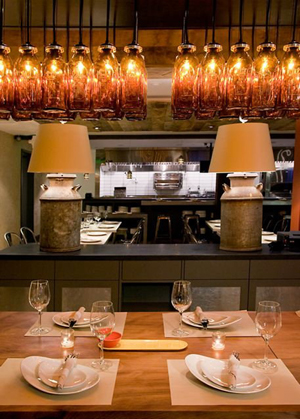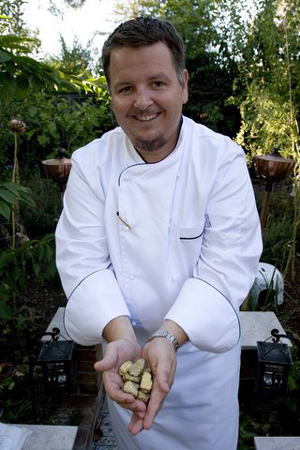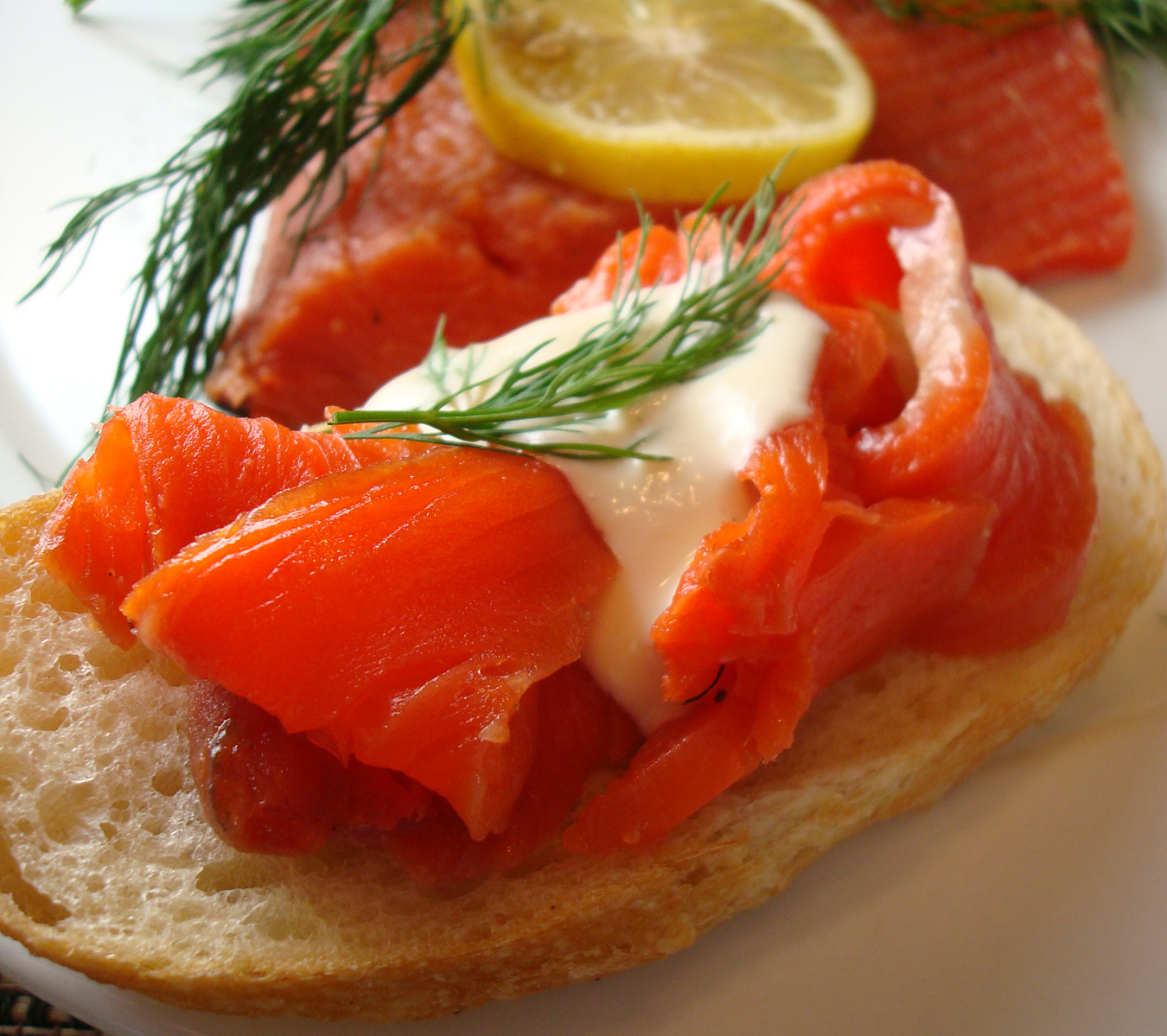Sneak Peek: Mayfield Bakery & Cafe
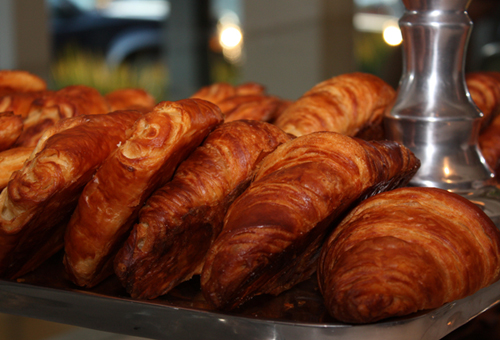
When restaurateur Tim Stannard was just a kid and his father a professor at Stanford University in Palo Alto, he remembers riding his bike through the campus and across El Camino Real to buy candy bars at the drugstore that once stood on this spot.
Now, Stannard and his Bacchus Management Group have transformed that icon of his childhood into his newest restaurant venture, Mayfield Bakery & Cafe.
It opens for dinner on Monday, Feb. 9, and will add lunch, breakfast, and brunch service in the weeks to come. I got a sneak peek on Saturday night of the newest restaurant to open in the Palo Alto Town & Country Village, which will serve up wood-fired American cuisine.
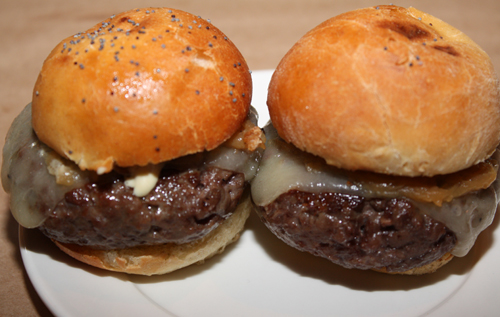
On the opening menu, find burrata bruschetta ($12); griddled artic char with cracked wheat, herbs, olive oil and dates ($22.50); braised lamb cheeks with gremolata and parsley paparadelle ($19.75); and spit-roasted Fulton Ranch chicken with rosemary polenta and green olive-melted tomato sauce ($19).
Diners also will get a choice of sparkling or still filtered water served in carafes gratis — a nice, and environmentally-sound touch. All the coffee served will be organic, fair-trade, and roasted by Bacchus’ ROAST coffee company in Oakland. The beans will be ground and brewed to order.
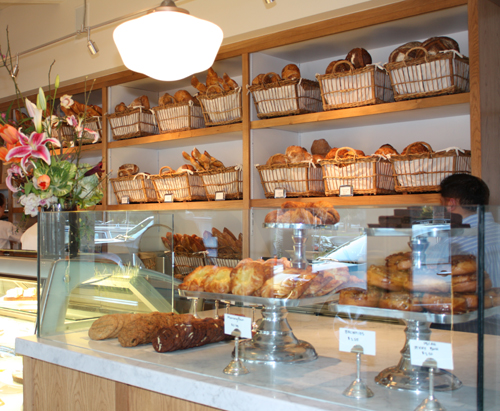
The bakery, overseen by Pastry Chef Nancy Pitta, formerly of San Francisco’s Boulevard restaurant, will supply fresh-baked bread twice a day to all Bacchus Management restaurants, including the Village Pub in Woodside, and Spruce in San Francisco.

